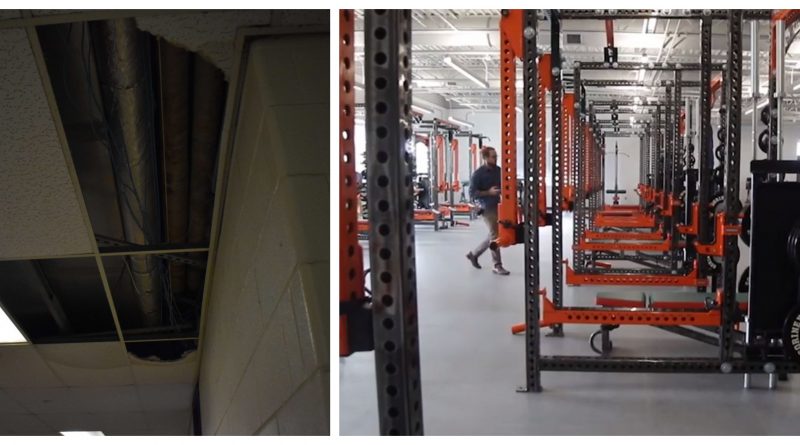Three FCPS high schools receive over a million dollars in funding while HC gets nothing
Of the many obstacles and roadblocks which face public education, no challenge is more prominent than the lack of funding which is funneled in its direction. There simply isn’t enough money to go around, which leads to other commonly cited problems such as overcrowded classes, lack of teacher connection to students, and dilapidated buildings along with many others.
Since funding is so precious, some members of the HC community were understandably perturbed when it was revealed that HC, Dunbar, and Lafayette did not receive additional funding for staffing and academic support, while Tates Creek, Bryan Station, and Frederick Douglass received over a million dollars for that purpose. The three schools which did not receive the funding are among the largest high schools in the district, each boasting student populations in excess of 2,000 students.
This is what has sparked the dissatisfaction. Many, including myself, have asked why substantially smaller schools, receive additional funding for staffing and a principal staff the size of HC’s, for roughly two-thirds the number of students. Even if you were to combine all of the students together for the schools that received additional funding, some 4,500, that number is dwarfed by the roughly 6,800 students which attend the schools which did not receive additional funding. That is not to say that these schools should receive less funding in this domain, but rather that the funding should be allocated more fairly.
The district allocates for staffing based on student enrollment; last year the district changed that ratio from one certified staff for every 30 students to one certified staff for every 31 students. As a result, HC was forced to cut eight teachers last year. The district made this change so that they could save money, money that presumably could be used to reallocate to those previously mentioned high schools.
Another issue is the fact that all the schools that received extra funding have “wall-to-wall” academies, a plan which Superintendent Caulk wants to implement across the district. These academies are designed so that students declare a career academy by their sophomore year, putting them on a specific field track with specialized learning environments. Some feel that there is a correlation between the academies and the additional funding, and that the district may be showing favorites. While this claim is still unsubstantiated, one does wonder if there is a quid pro quo in effect.
The lack of funding does not just extend to being able to hire an adequate number of staff. HC was built in the late 1970’s and was remodeled in 2000. However, the main building has been utterly neglected, not by our administration, but by the district which has not provided additional or equal funding for HC. Regularly, HC students are subjected to classroom temperatures as low as 50 degrees and as high as 80 degrees, the result of an HVAC system which is antiquated and in need of refitting. There are potholes that riddle the roads, pipes which are bursting, ceiling tiles which are falling onto students, all things which could be fixed if HC were able to get additional funding. All of this, while schools like Frederick Douglass can host athletic training facilities which are equivalent to professional level equipment.
I understand that there are budget constraints, many of which are worsened by the government attempt to mitigate growing debt, but there is a way to remedy these issues. Simply allocate the funding more equitably. Funds are important for every school to continue to operate in a fashion which best serves its students. Principals and Central Office need to work together in order to reach a new quid pro quo, one where the district invests in all schools, and in turn the schools invest in their students.
